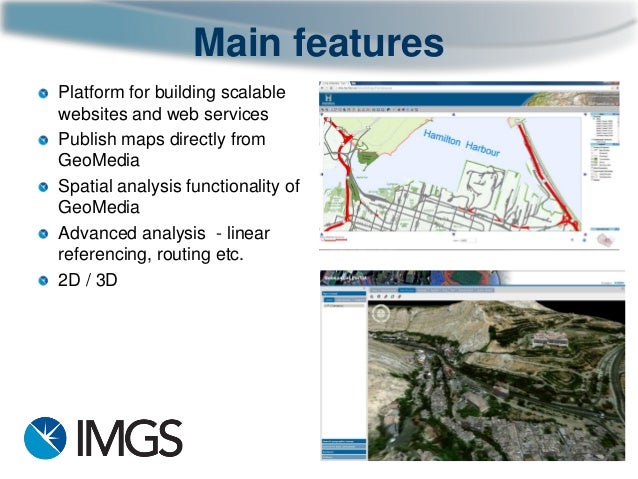

Mapbox.js is no longer in active development.
Webmap preferences android#
It supports the iOS and Android mobile platforms using OpenGL ES. Mapbox GL Native is the backbone of the Mapbox Maps SDKs for iOS and Android.

It can read the Mapbox Style Specification and uses WebGL to render your maps in modern browsers.
Mapbox GL JS is a JavaScript library for making maps for the web. They are similar, but are used for different purposes and do not have 100% feature parity. Mapbox GL JS and Mapbox GL Native are two different projects for rendering maps build to the Mapbox Style Specification. Each layer provides rules about how the renderer should draw certain data in the browser, and the renderer uses these layers to draw the map on the screen. This means that map details like labels and icons and elements like streets and buildings can be modified with JavaScript, like overlays in earlier mapping libraries. Mapbox GL JS has no distinction between baselayers and overlay layers. Traditional JavaScript map libraries often have two distinct categories of what are called " layers": baselayers, or image tiles that provide the foundation of the map, and overlays, which are often vector data like GeoJSON that are displayed on top of baselayers, sometimes obscuring details like labels. Here's an example of combining bearing and zoom: Pitch: a value between 0 and 85 degrees that determines the map's tilt, or pitch. Bearing: a value between 0 and 360 degrees that determines the map's bearing, or rotation. For example, 1.5 or 6.2 are valid zoom levels. Zoom: any number within the zoom range, including decimals. While the viewpoint in systems like Leaflet or Mapbox.js is determined by the map's center point and zoom level, Mapbox GL JS also includes parameters like pitch and bearing for adjusting the map's perspective. Rendering maps in the browser rather than on a server makes it possible to change the map's style and the data it displays dynamically and in response to user interaction. In web apps using Mapbox GL JS, maps are rendered dynamically by combining vector tiles with style rules using JavaScript and WebGL. Client-side renderingĪt the heart of Mapbox GL JS is client-side rendering. 
For those with experience using Leaflet, Mapbox.js, or OpenLayers, the next few sections will introduce some of the differences in Mapbox GL JS as well as features that should look familiar. This guide walks through some of Mapbox GL JS's essential functions and common patterns, highlighting some of the core concepts that distinguish Mapbox GL JS from other map libraries. Mapbox GL JS is a JavaScript library for building web applications with our modern mapping technology. Think of it like a toolbox filled with many different map-making tools that can be used together to build beautiful and interactive custom experiences. Placing your data between layers of a Mapbox style.Ī web mapping library allows you to add a map to a webpage and define the data it contains, its appearance, and a variety of functionality.Visualizing and animating geographic data.Querying and filtering features on a map.Dynamically displaying and styling custom client-side data on a map, including 3D data.Mapbox GL JS is a client-side library designed for web apps that need highly interactive maps.







 0 kommentar(er)
0 kommentar(er)
